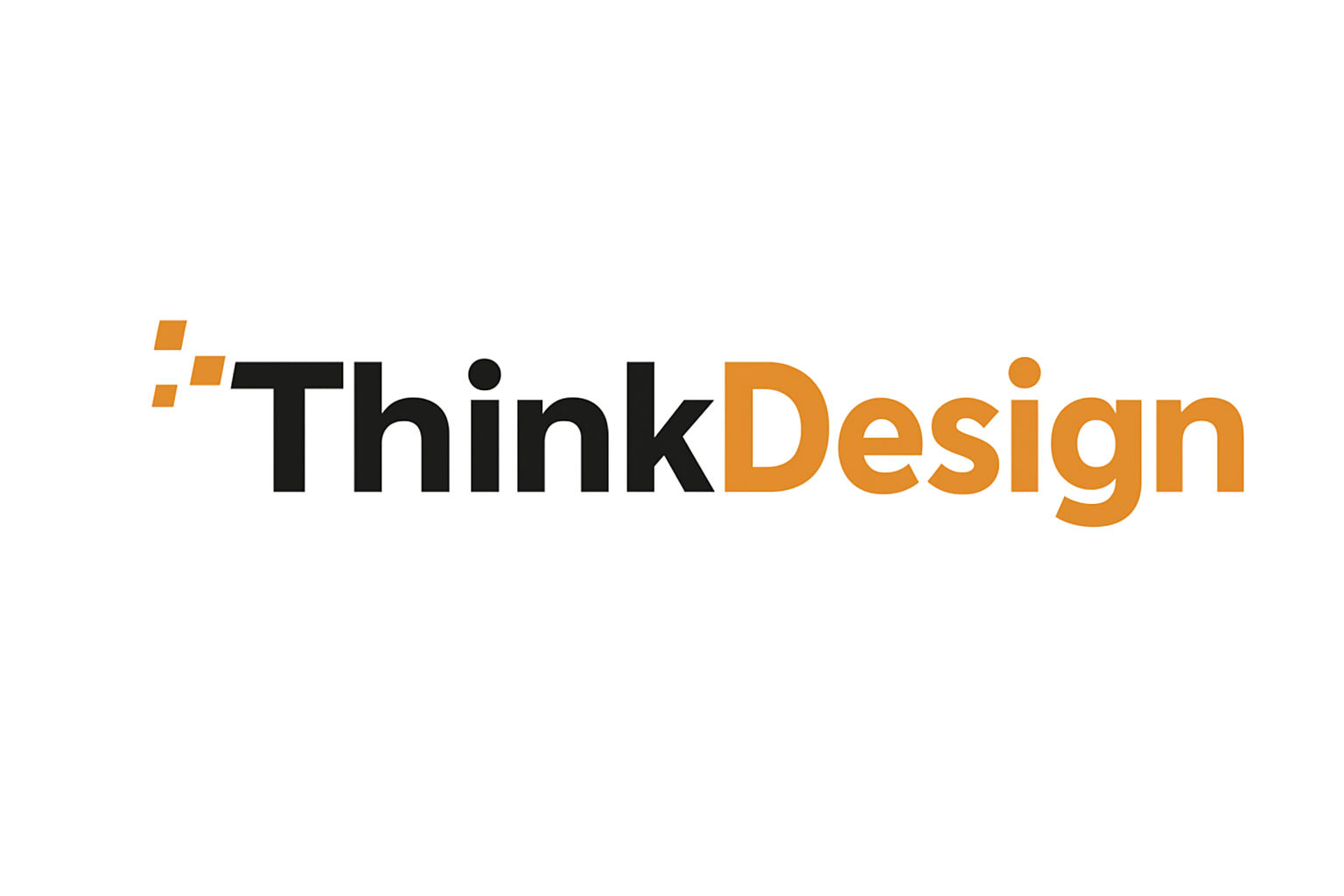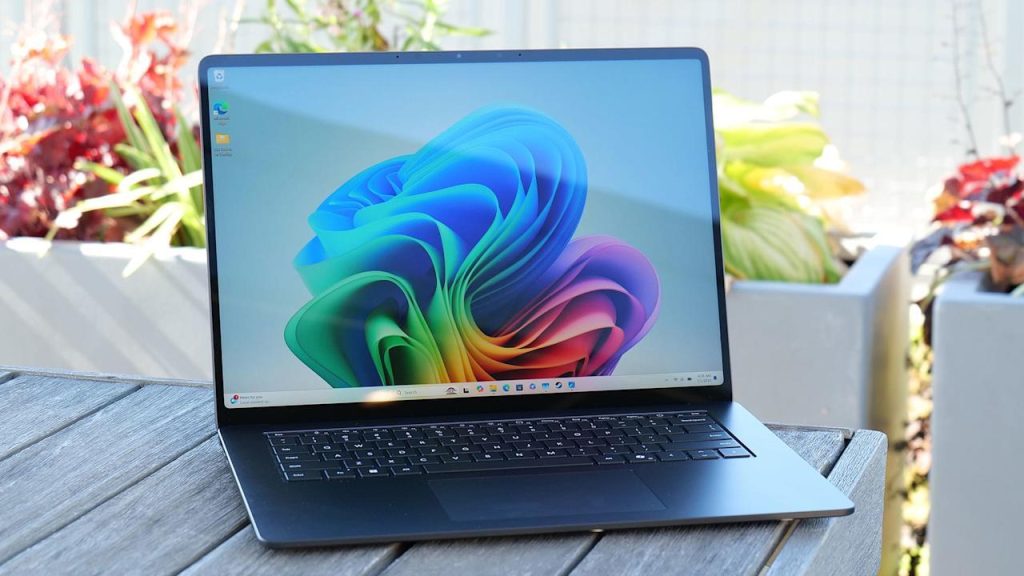1) Apple MacBook Pro 14″/16″ (M4 Pro / M4 Max)
If you live in the Adobe + Final Cut + Sketch/Figma world, this is the safe, high-end choice. The Liquid Retina XDR display supports wide P3 color and reference modes, and the M4 Pro/Max options bring big jumps in GPU and media engines. I lean 16″ for heavy timelines; 14″ if you travel a lot.
Why I like it
- Best-in-class battery and thermals for sustained creative work
- XDR panel with P3 coverage and pro reference modes
- Media engines that accelerate H.264/HEVC/ProRes/ProRes RAW
Best for: video editors, photographers, UI/UX designers who want the most consistent macOS experience.
2) ASUS ProArt Studiobook 16 OLED (H7604/W7604)
This is the Windows creator’s workhorse. You get a 16″ 3.2K 120 Hz OLED with wide color (DCI-P3), Pantone validation, high-power CPUs/GPUs, and the handy ASUS Dial for brush/parameter control. It’s purpose-built for production work.
Why I like it
- Gorgeous, fast OLED with wide gamut and validation
- Up to 64 GB RAM and dual SSDs for massive projects
- Creator-first features (ASUS Dial, robust I/O)
Best for: color-critical design, Blender/3D, DaVinci Resolve users.
3) Dell XPS 15 / 16 (OLED options)
Dell’s XPS line remains a lovely balance of design and power. The 15″ offers an OLED option with wide color; the XPS 16 adds more screen and GPU headroom. If you want a thin, premium Windows machine with a creator-class panel, this is a sweet spot.
Why I like it
- OLED configurations with wide color coverage
- Discrete RTX options for 3D/AI features in Adobe apps
- Premium chassis and strong battery life for travel
Best for: designers who want a sleek Windows laptop that still handles heavy apps.
4) Razer Blade 16 (2024 OLED 240 Hz)
Marketed to gamers, but don’t let that distract you—it’s a brilliant creator machine. The 16:10 QHD+ OLED runs at 240 Hz with full DCI-P3 and near-instant response, which makes motion design and timeline scrubbing feel buttery. Pair with an RTX 4070/4080 and you’ve got serious power.
Why I like it
- Ultra-fast OLED with full DCI-P3
- Top-tier RTX GPUs for 3D, After Effects, Unreal
- Clean build that still looks pro in meetings
Best for: motion designers, 3D generalists, and anyone who edits lots of video.
5) MSI Creator Z17 HX Studio
All about color accuracy and horsepower. MSI’s True Color factory calibration and wide-gamut coverage are legit, and the HX-class CPU plus RTX graphics make it a rendering beast. If you need a mobile-workstation feel without going fully “workstation,” this is it.
Why I like it
- Creator-grade color tuning (Delta-E targets) out of the box
- Serious CPU/GPU combos for 3D and RAW video
- Plenty of ports and tuning options
Best for: photographers grading on the road, 3D artists, heavy Premiere/Resolve users.
6) HP Spectre x360 14 (OLED, 2-in-1)
I reach for this when portability and pen input matter. The 14″ 2.8K/3K OLED covers a wide gamut and flips to tablet mode for sketching. It’s not a workstation, but as a light creative companion, it’s excellent.
Why I like it
- Slim 2-in-1 with color-rich OLED
- Great for illustrators/notes/quick comps
- Strong everyday performance and battery
Best for: illustrators, UI/UX wireframing, traveling creatives who want a pen.
7) Microsoft Surface Laptop Studio 2
If you love pen input but need more power than most 2-in-1s, this hinge-magic machine is for you. The 14.4″ PixelSense Flow display is individually color-calibrated, supports HDR and 120 Hz, and the RTX 4060 option offers real muscle.
Why I like it
- Unique “stage” and “studio” modes for sketching/review
- Calibrated display with sRGB/Vivid profiles and HDR
- Solid RTX horsepower in a flexible form factor
Best for: illustrators, concept artists, designers who present and annotate live.
8) GIGABYTE Aero 16 OLED
Built for creators first: 16:10 4K+ OLED with wide color and factory calibration. If your workflow lives in Photoshop/Lightroom/Illustrator with occasional 3D, this checks a lot of boxes without going overboard.
Why I like it
- True 4K+ OLED with cinema-grade gamut
- Creator-tuned profiles and eye-comfort features
- Clean, understated design
Best for: photographers and brand designers who prioritize a top-tier panel.
9) ASUS ProArt P16 (Copilot+ PC, OLED)
Think of this as the lighter, newer “creator daily driver.” Modern CPU, RTX 4060, OLED screen, and Copilot+ PC features for local AI workflows. Great balance of power, portability, and price for a creator laptop.
Why I like it
- OLED with touch + powerful modern silicon
- RTX accelerations for generative fill, 3D, denoise
- Good value in the ProArt family
Best for: mixed Adobe workflows, content creators who edit + design + publish.
10) Lenovo Yoga Pro 9i 16 (2024/2025)
Want a larger canvas with a color-rich panel? The Yoga Pro 9i’s 3.2K IPS or mini-LED configurations are standouts. The mini-LED option boosts contrast and HDR performance while staying creator-friendly.
Why I like it
- Big 16:10 panel with IPS or mini-LED options
- Strong performance and speakers for all-day creative work
- Sensible port selection
Best for: designers who want a roomy screen and frequent multi-app use.
Fast Buyer’s Guide (What I personally prioritize)
1) Display (non-negotiable):
- Coverage: Aim for 100% P3 or DCI-P3; Pantone validation is a plus.
- Tech: OLED (deep blacks, vibrant color) or mini-LED (HDR, high brightness).
- Accuracy: Factory calibration helps; still calibrate monthly with a colorimeter.
2) Performance:
- CPU/GPU: Apple M-series Pro/Max or Intel/AMD + RTX 4060/4070+ for 3D/video.
- RAM: 32 GB is my floor for Adobe multi-app workflows; 64 GB for 3D/video.
- Storage: Start at 1 TB; RAW footage and PSDs eat space fast.
3) Workflow fit:
- Pen & modes: If you sketch, consider 2-in-1s (Spectre x360 or Surface Laptop Studio 2).
- Portability vs. power: I keep a lighter 14″ for travel and a 16″ monster for heavy sessions.
Quick Comparison Table
| Laptop | Display highlight | GPU options | Why pick it |
|---|---|---|---|
| MacBook Pro 14/16 (M4 Pro/Max) | Liquid Retina XDR, P3, reference modes | M4 Pro/Max media engines | Best all-round macOS creative machine. |
| ASUS ProArt Studiobook 16 OLED | 3.2K 120 Hz OLED, wide gamut, Pantone | Up to RTX 4070 / Pro variants | Windows creator flagship with ASUS Dial. |
| Dell XPS 15/16 (OLED) | OLED with wide color coverage | Up to RTX 4070 | Premium Windows ultrabook with creator panel. |
| Razer Blade 16 (OLED) | 16:10 QHD+ OLED 240 Hz, full DCI-P3 | RTX 4070/4080 | Motion design and 3D-friendly power. |
| MSI Creator Z17 HX Studio | Wide-gamut, factory calibrated (ΔE targets) | RTX Studio GPUs | Color-focused Windows powerhouse. |
| HP Spectre x360 14 | 2.8K/3K OLED, wide gamut, 2-in-1 | iGPU/low-power configs | Lightweight 2-in-1 for sketchers. |
| Surface Laptop Studio 2 | 14.4″ 120 Hz, calibrated, HDR | RTX 4050/4060 | Pen+hinge versatility with real GPU. |
| GIGABYTE Aero 16 OLED | 4K+ OLED, 100% DCI-P3 | Up to RTX 4070 | Creator-first 16:10 OLED panel. |
| ASUS ProArt P16 | 4K-class OLED, Copilot+ PC features | RTX 4060 | Balanced modern creator rig with Ryzen/AI features. |
| Lenovo Yoga Pro 9i 16 | 3.2K IPS or mini-LED options | RTX options vary | Large canvas; mini-LED is lovely for HDR. |
A few closing thoughts (from my desk)
- Calibrate anyway. Even with factory tuning, a monthly calibration keeps colors tight across devices and print.
- Match your use, not the hype. If you never touch 3D, skip the biggest GPU. Spend on RAM, storage, or a better external monitor.
- External monitor matters. A great 27–32″ P3 or Adobe RGB display can extend any of these laptops for studio work.


